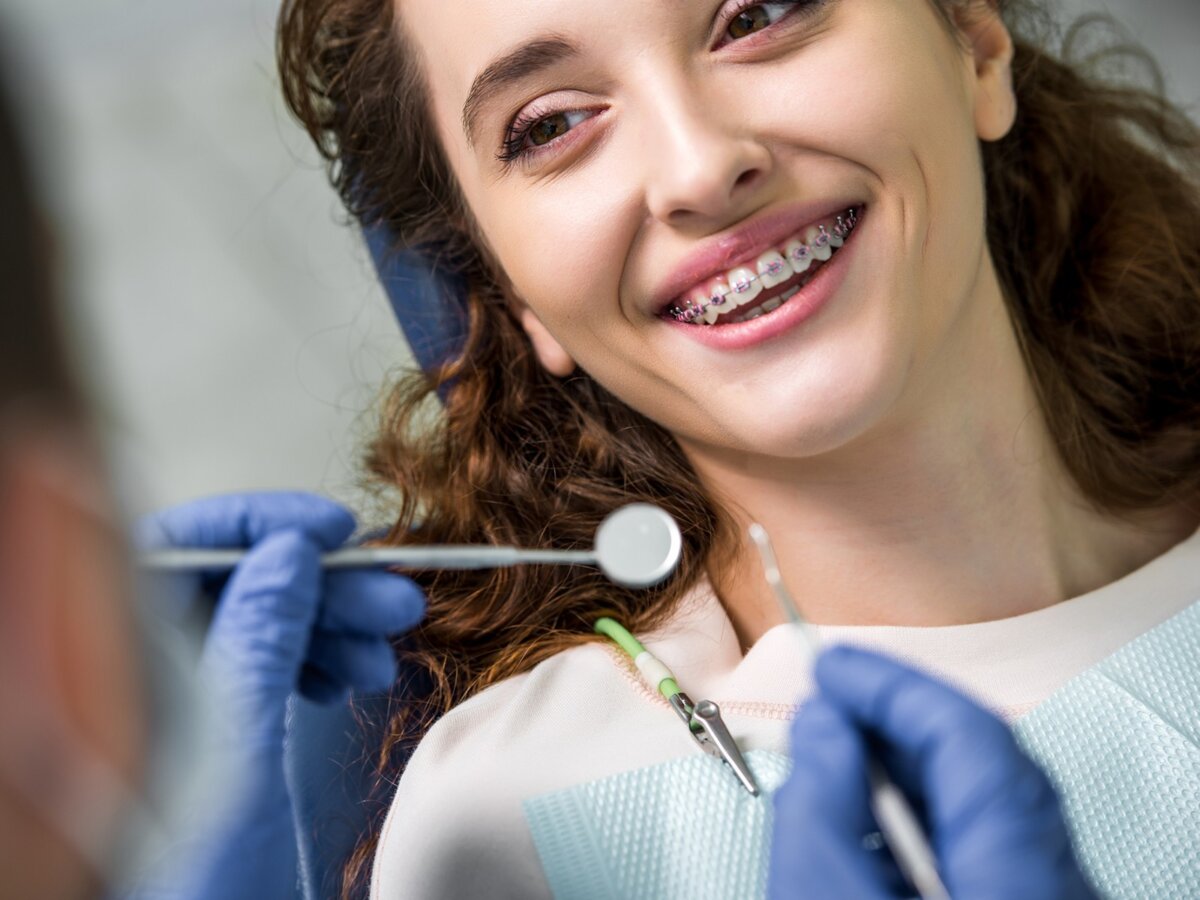Blog
Dental hygiene tips for healthy teeth & gums

What braces colors to avoid?
Avoid dark colors like black or brown since they might stain and discolor your teeth. White and yellow bands should also be avoided since they absorb the color of dark beverages like coffee, tea, or red wine.
You should avoid these colors for the following reasons:
- Black: Can appear as if your teeth are rotting or as if you have food stuck between your teeth.
- White: White elastics are likely to stain more easily and might make your teeth appear yellow.
- Yellow: Tends to make yellow-toned teeth look even more yellow.
- Brown or Green: It may be mistaken for food in your teeth.
How to Select the Best Colors For Braces
- To complement darker skin tones, select pink, gold, orange, dark blue, turquoise, or violet.
- To compliment lighter skin tones, choose pale blue, bronze, dark purple, or subtle reds and pinks.
- To make your teeth appear whiter, you must choose darker colors.
- Keep an eye out for lighter colors that may make your teeth appear yellower.
- Colors that compliment or match your eyes are a good choice.
- Consider colors that go well with the clothes you wear most frequently.
When it comes to braces, color is important!
Traditional braces are made up of numerous parts. The archwires that go from tooth to tooth are held in place by strong metal bands that encircle your back molars. Rubber bands secure the upper and lower archwires to brackets on the front of each tooth. That’s when things start to become interesting.
Since dentists advise that children begin orthodontic treatment between the ages of 8 and 14, the majority of the color options are geared toward children. Still, for a particular occasion, some adults may choose a playful, short-term splash of color.
At each orthodontic appointment, don’t be scared to request new colors of braces.


